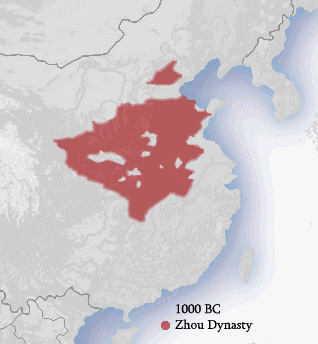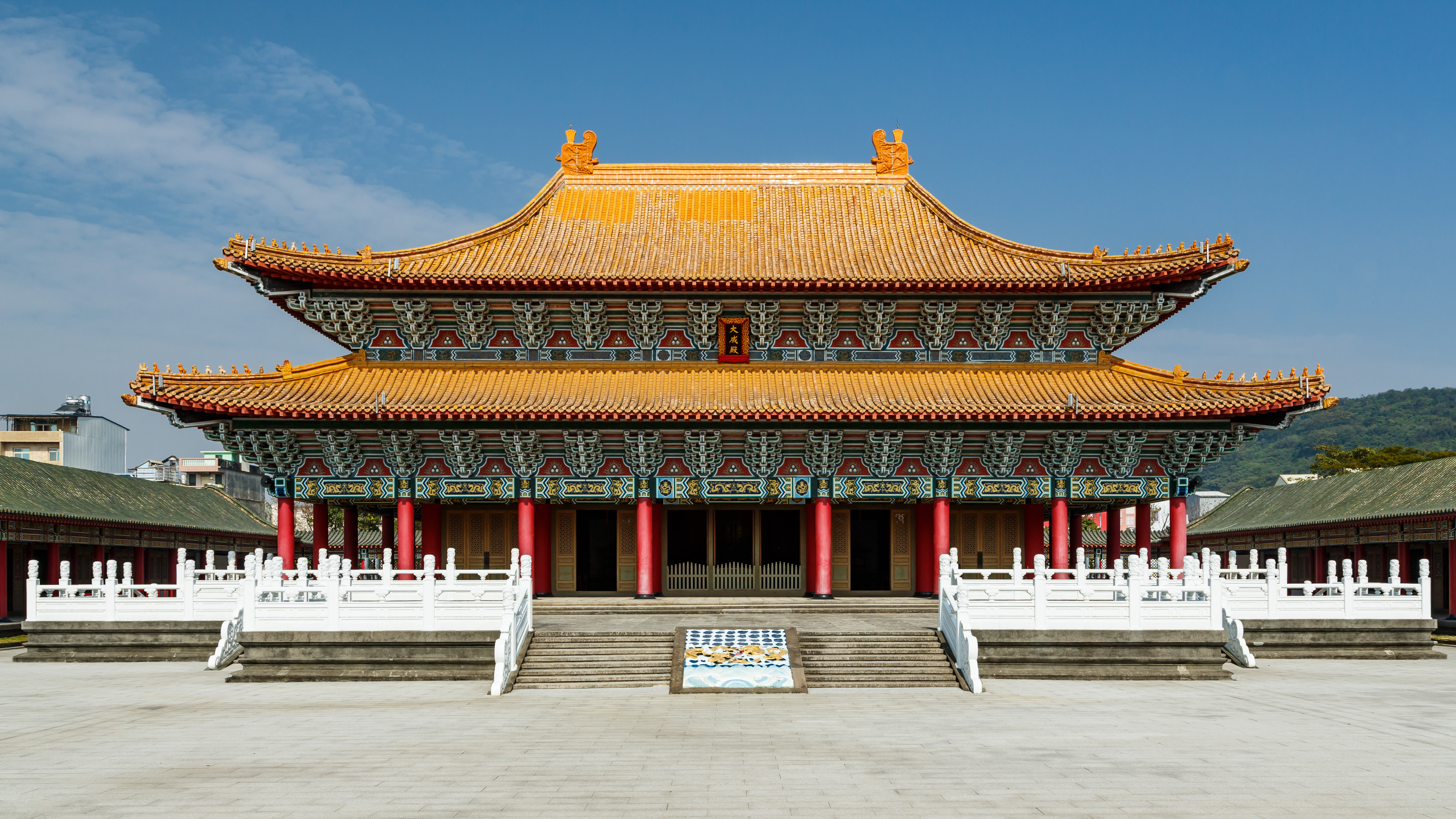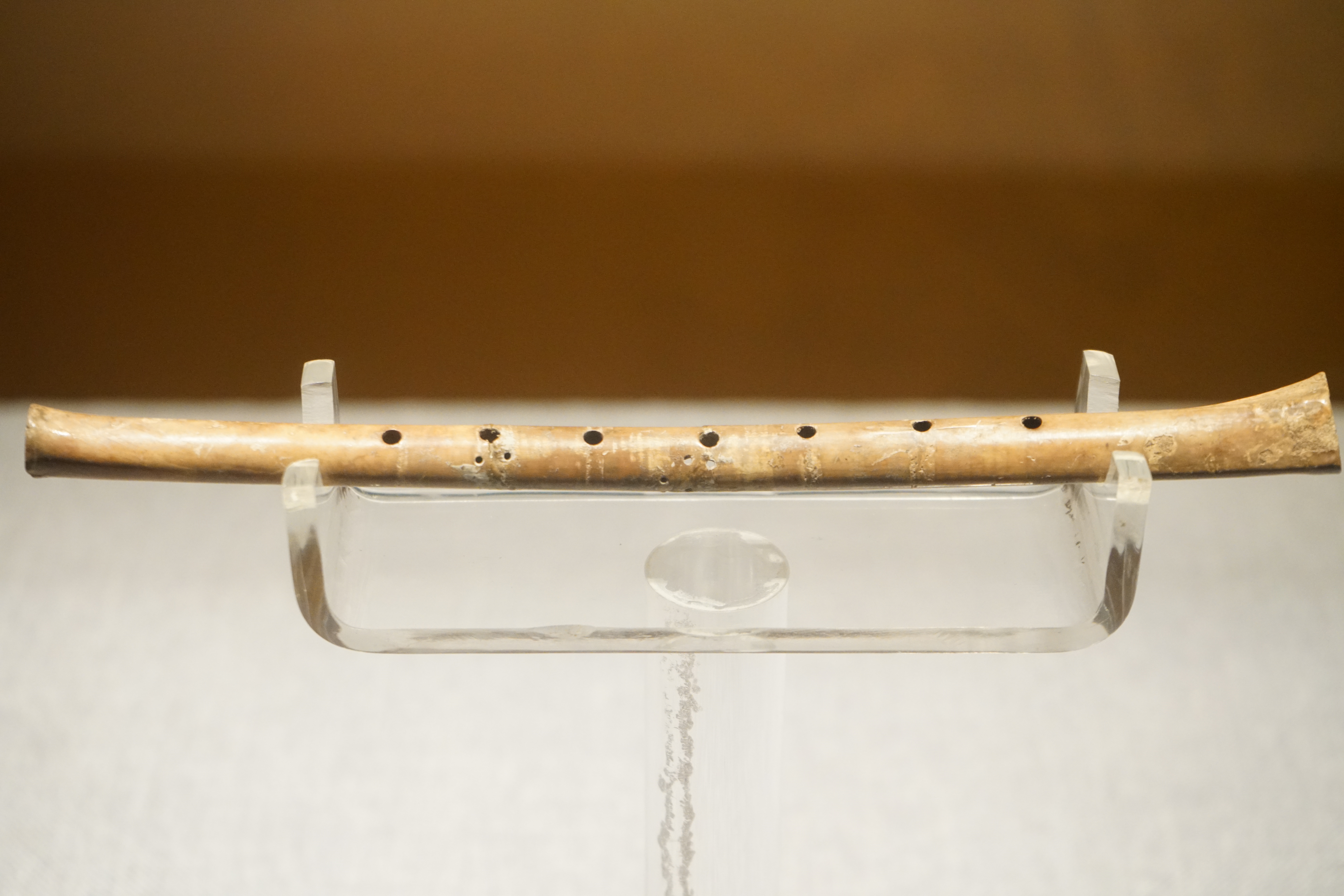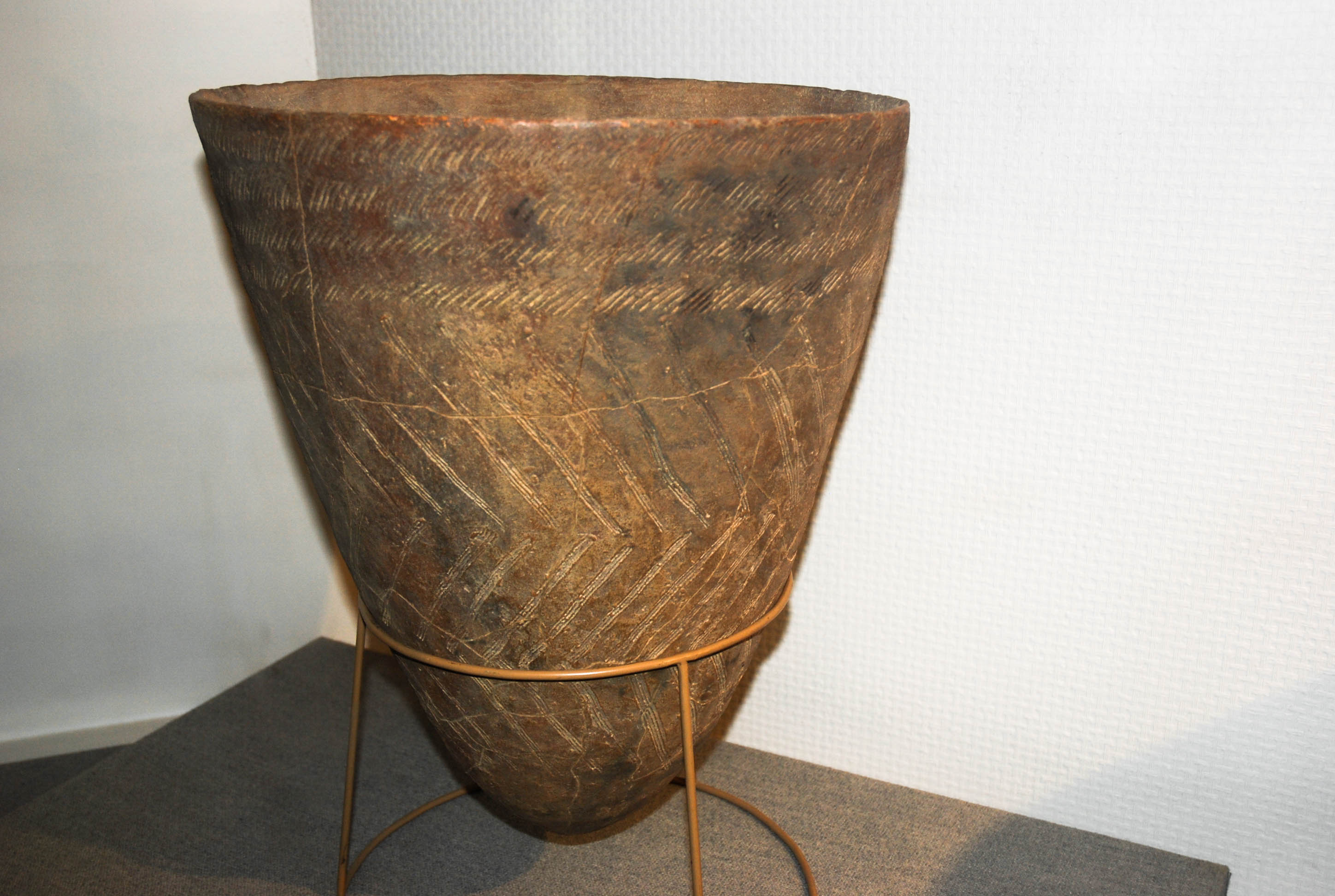Tumult and Turnover in Joseon
The Kings of Joseon were faced with many difficult decisions throughout the 1600s as their nation faced Manchurian invasion, internal military coups, and a tumultuously factional political class.
The Kings of Joseon were faced with many difficult decisions throughout the 1600s as their nation faced Manchurian invasion, internal military coups, and a tumultuously factional political class.
As the Ming Dynasty faced utter collapse in the face of famines, plagues, and peasant rebellions, the Qing Dynasty of Manchuria would surge and, eventually, take its place as the ruling dynasty of China.
Under pressure from outside and within, the Ming Dynasty of China gradually lost control after a series of famines, plagues, and peasant rebellions. By the early 1600s, however, the Later Jin Dynasty began to take charge after unifying Manchuria and soon set its sights on claiming the Mandate of Heaven for themselves.
In spite of suffering through the occasional violent coup, cruel tyrant, and political purge, the Joseon Dynasty showed real staying power throughout the 14- and 1500s and would even manage some impressive national accomplishments.







Recent Comments